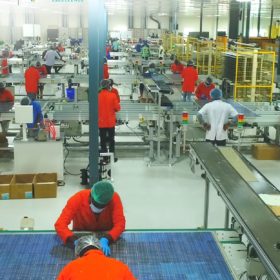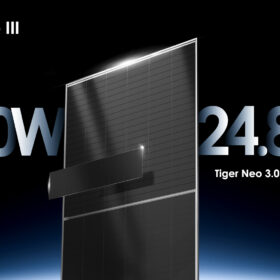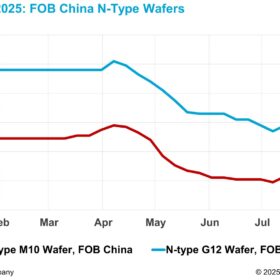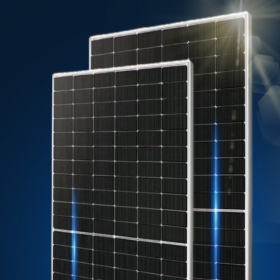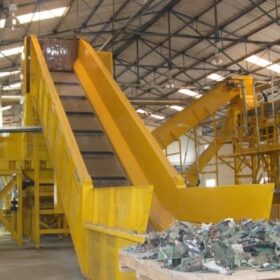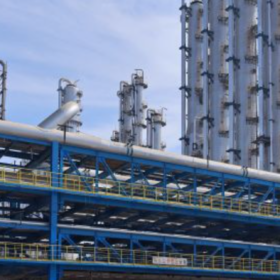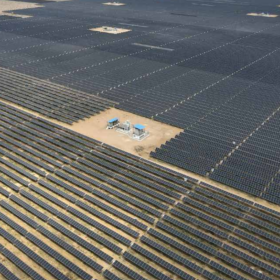India Energy Storage Alliance (IESA) welcomes the new tax regime under GST 2.0
The India Energy Storage Alliance (IESA) has welcomed the streamlining of the GST rate for all advanced batteries under heading 8507 to a uniform 18%, replacing the earlier regime where lithium-ion batteries were taxed at 18%, while other chemistries attracted a 28% GST.
PIXON announces 800 MW expansion for solar module manufacturing
PIXON has announced an expansion of its solar module production capacity by 800 MW, incorporating the latest TOPCon (Tunnel Oxide Passivated Contact) and HJT (Heterojunction) technologies.
GREW Solar raises INR 300 crore from diverse set of investors
GREW Solar, the renewable energy venture of the Ahmedabad-based Chiripal Group, has successfully raised INR 300 crore from a diverse set of investors. The funds will be used to accelerate product development, strengthen technological infrastructure, and drive strategic expansion.
Servotech Renewable ties up with China’s Zhuhai Piwin to manufacture BESS in India
Servotech Renewable Power System has partnered with China-based Zhuhai Piwin New Energy Co. Ltd. (Pilot Group) to manufacture advanced Battery Energy Storage Systems (BESS) in India, with technology support from Zhuhai Piwin.
Vikram Solar secures 336 MW module supply order from L&T
Vikram Solar has secured an order from L&T Construction to supply 336 MW of its advanced Hypersol G12R modules based on n-type technology. The modules will be deployed at the Khavda Solar Park in Gujarat.
JinkoSolar launches 670 W TOPCon solar module with 24.8% efficiency
The Tiger Neo 3.0 panel features an 85% bifacility factor that translates into 553-570 W of rear side power output, according to the Chinese manufactuer. The new product is claimed to be the “world’s most powerful solar module.”
China wafer prices jump nearly 4%, ending three-week lull
In a new weekly update for pv magazine, OPIS, a Dow Jones company, provides a quick look at the main price trends in the global PV industry.
Avaada Electro to showcase n-type TOPCon PV modules at RE+ 2025
Avaada Electro, the solar PV manufacturing entity of the Avaada Group, will unveil its n-type G12, G12R and M10L TOPCon solar modules at RE+ 2025, to be held in Las Vegas from September 8-11, 2025.
ALEMAI calls for policy intervention to support domestic aluminium extrusion manufacturers
Amid rising demand from the solar energy sector, the Aluminium Extrusion Manufacturers Association of India (ALEMAI) has urged the government to take urgent policy measures to reduce dependence on imported aluminium extrusions and support domestic manufacturers.
Cabinet approves INR 1,500 crore incentive scheme for critical mineral recycling
The Union Cabinet, chaired by Prime Minister Narendra Modi, has approved an INR 1,500 crore incentive scheme to develop recycling capacity in the country for the separation and production of critical minerals from secondary sources.




